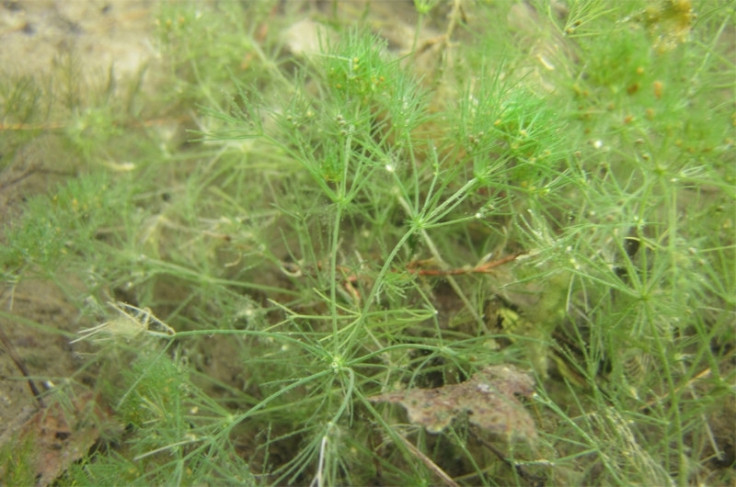Rare plant not seen in America since dinosaurs walked the Earth discovered
The last record of the plant on the western side of the Atlantic was a 66 million years old fossil in Argentina.

The only previous examples of a green algae species known as Lychnothamnus barbatusin the Americas were fossils dating back to the time of the dinosaurs. It was thought to have died out with them around 66 million years ago.
But scientists have now made a surprising discovery, finding for the first time ever one of these unusual plants alive in North America.
The researchers recently discovered and collected samples of an algae that looked like it from 14 lakes across Wisconsin and Minnesota between 2012 and 2016.
They were puzzled, because the plant still exists at scattered localities in Europe and Australasia, but they were sure it was absent from North America.
The only record of Lychnothamnus barbatus on the western side of the Atlantic Ocean were Argentinian Cretaceous-era fossils, from the same period as Tyrannosaurus rex fossils discovered by scientists around the same time.
With these new algae samples, "almost right away we knew we might be dealing with something previously thought to be extinct because it was clearly different from any other species seen in North America", said Richard McCourt, a biologist who helped identify the samples.
"But we had to look at it closely to confirm the identity and also extract the DNA to confirm."
The scientists thus conducted DNA analyses and phylogenetic reconstructions - they reconstructed the plant's family tree to discern its ancestral relationships between members of the Lychnothamnus group.
The North American specimens matched the morphological description for L. barbatus. The different analyses revealed that the samples are the first report of this rare algae alive in the New World.
A mystery persisted, however. L. barbatus can grow relatively tall (up to one foot or 0.30 metres) and has a pretty unique shape. Scientists couldn't understand how they might have missed it.
"We might not have been missing it - it might be a new invader," McCourt explained. "Other species like it have probably been brought in in ballast water on ships and released into the St. Lawrence seaway or other lakes."
Although this hypothesis is interesting, it's also possible that Lychnothamnus barbatushas always been here and we just didn't know.
"If it went unnoticed, it is probably due to the fact that much of what is in lakes and streams is not thoroughly examined, despite centuries of collecting," McCourt said.
The researchers will now continue their investigations in North America because they think that this dinosaur-era plant may have survived into our era elsewhere on the continent.
Their complete findings are now published in the American Journal of Botany.
© Copyright IBTimes 2025. All rights reserved.





















